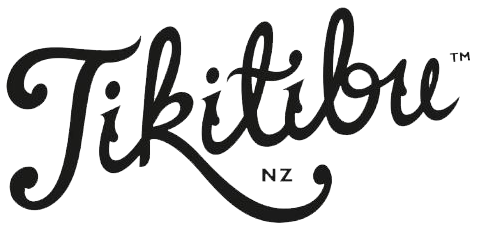Stuff Article - Should you scale your creative business?

Stuff website - 05:00, Mar 13 2023
Rachel Klaver is a marketing strategist, specialising in lead generation and content marketing.
OPINION: If you’re a maker, artist or small-batch manufacturer you might not have gone into business with aspirations to have a large-scale business.
You may have launched your business with a driving need to create something that allows you to express who you are, use your talents and gifts to both “do what you love every day” and also make a living from it.
The truth is that it can often be hard to get that mix right. The hours you actually spend on something you’ve made may not always translate to a solid “hours to income received” equation. This can also be amplified with selling at markets, where one week you sell out, and the next you don’t sell anything.
I’ve worked with creatives and makers at every stage of their business from people starting out, and beginning to use markets or sell online, to others who we have helped grow a brand that people want to stock in their stores, and others who’ve built something big, and scalable.
While I’m focussed on the marketing of these types of businesses, there’s so much more to making a creative business a scalable one.
When it comes to helping Kiwi creatives work through that process, decide whether they want to pay the price of moving away from one-off or small batch production, and how to capture the eyes of retailers, I always refer people to Tikitibu, run by Anneliese Jozefek.
I first met Jozefek years ago when her sole focus was working as a distributor for small creative brands. Over time she’s carved out a business that not only helps people find that all important distribution, but also helps the business owner find the pathway to that moment. As she explains: “We started with manufacturing products in New Zealand for the gift market. And we started working with artists, New Zealand artists. And we did that for quite a few years. People liked our stuff, but then we reached a junction and we realised that it wasn’t the right fit for us. We started distributing, that's when we really started working with creatives.”
In doing so, Jozefek discovered a gap in the business advice and coaching market. There were not many other people out there who really understood the needs of creative business owners. As she reports: “We started to understand the complexities of what it is to be a creative in New Zealand, the lack of support, that there is for creatives in New Zealand in lots of ways.”
Recognising creatives and small makers often had to make huge mindset shifts before being ready for retail sales, being ready for the investment and risk they need to make when ordering large quantities of products offshore, or even knowing what type of products they should be making are all areas Jozefek helps her clients with. Often she'll work with someone over only a few sessions, helping them with a block in understanding what an offshore manufacturing contract actually means, or whether they are even ready to take such a step. She’s worked with enough of these types of small business owners to know there are some common areas many of them don’t consider when planning to scale.
Along the way she’s continued to work as a distributor for some of her creative business clients. “We've built up a network of over 1600 New Zealand retailers that we deal with. Looking after that network is one part of what we do. But I would say close to 80% of my time is actually spent on working out how to support the creatives that we work with. Thinking bigger, thinking more globally, capitalising on the hard work that they've done, in the images that they've created, all the creative work that they've already done, how do we take what you've done and maximise it,” she explains.
When meeting a creative business owner for the first time, Jozefek will often look at the whole life behind the artist first. “Whenever I've consulted with someone, we put whatever their creative endeavours are aside, and we talk about the person. I asked them about their life, their capacity, their headspace.” This is an essential first step in Jozefek’s eyes because there’s a huge shift to move from a one-by-one artist to a scaled business.
Jozefek would be the first to acknowledge that scaling isn’t the right fit for everyone. What she does see however, is that there’s often a huge discrepancy between the time and effort taken to produce a work, and the sale price of that work. She says it’s really important to take stock of where you position yourself if you take a long time on a piece, and perhaps are only create ten pieces a year.
“I ask them, what is your pathway? And what is your journey and how do you make money off of what you're doing, but also understanding your value within that process. It might be 100% going down the gallery route and really creating high-end artwork. But to make that work, you need to have the chops for that.”
For a scaled business, the artwork needs to be able to be digitised to be used in different formats. “You've got other artists that are pumping out work left, right and centre. For them we ask: what are the opportunities? But also, how do we capture the artwork to make it easy if we are going to go down a commercial route with manufacturing and making products and things like that?”
